Due to a number of variables, the most important of which is the steady increase in petrol and diesel prices, fuel efficiency in automobiles has received much more attention recently than it did in the past.
Although petrol cars are the most sold cars in India and are considered the most fuel-efficient, Diesel automobiles are not far behind petrol-powered vehicles in terms of fuel usage in the nation.
In India, diesel is quickly replacing petrol as the “go-to” fuel choice, therefore it makes sense to start looking at some of the top vehicles in this category.
Before making a decision, you should pay close attention to mileage and fuel efficiency if you are thinking about buying a car, especially a diesel.
Best Diesel Hatchback Cars in India 2022
We’ve put up a list of India’s top diesel hatchbacks for mileage to make things simpler for you.
1. Tata Tiago – 27.28 kmpl
For the price, the TATA Tiago is a fantastic product. The installation of the touchscreen infotainment system that serves as the Tigor’s replacement would be the single significant enhancement to the vehicle and the Tiago in general. It makes sense for a wide spectrum of buyers who are seeking something that creates a wonderful all-around package at the price of Rs 5.35 lacs. The Tiago is roomy, has good performance, and is constructed properly. We most definitely suggest it as a vehicle, particularly if you’re buying an automatic vehicle for the first time.
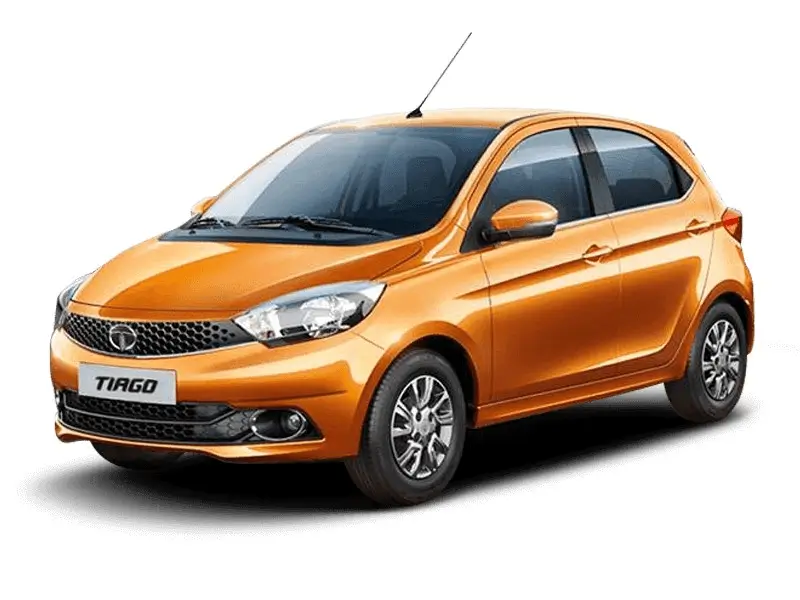
2. Hyundai i20 – 25.2kmpl
With each new generation of the i20, Hyundai has consistently lifted the bar for the luxury hatchback class, and the most recent, third-generation model is no different. It adds a slew of class-exclusive features that you would often only find in vehicles in the sector above. It is also available with a choice of three engines: a 1.2L petrol, 1.0L turbo-petrol, and 1.5L diesel, as well as a wide range of gearbox options.
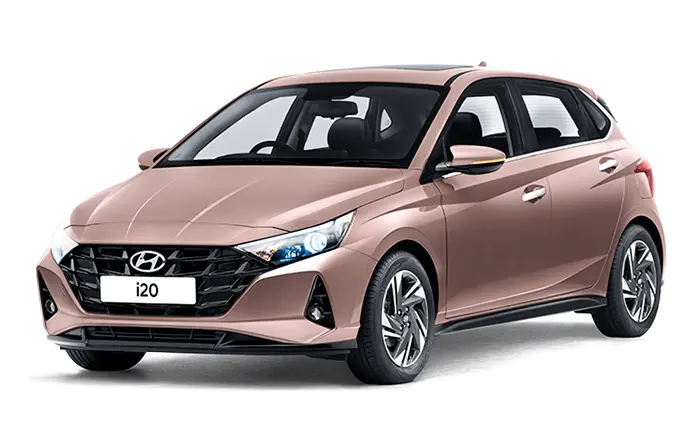
3. Tata Altroz – 25.11kmpl
The 1.5-liter Revotorq engine in the Tata Altroz luxury hatchback has 90 horsepower and is exclusively offered with a manual transmission. The ARAI rating for this combination’s economics is 25.11 kmpl. The TataAltroz is our preferred option of the two diesel premium hatchbacks on a tighter budget. Tata has added a 6-speed DCT to the Altroz, making it the second premium hatchback with a dual-clutch automatic transmission after the Hyundai i20. The 1.2-litre gasoline engine is mated with the DCT and is offered in all variants.

4. Hyundai Grand i10 Nios – 25.0 kmpl
The Grand i10 Nios, one of the most sought-after hatchbacks in India, kicks off the list as the ideal family vehicle with exceptional features and performance.
In addition to offering excellent efficiency, the car’s potent diesel engine can generate up to 75PS and 190Nm of torque. There are 5 different variations of it for sale.
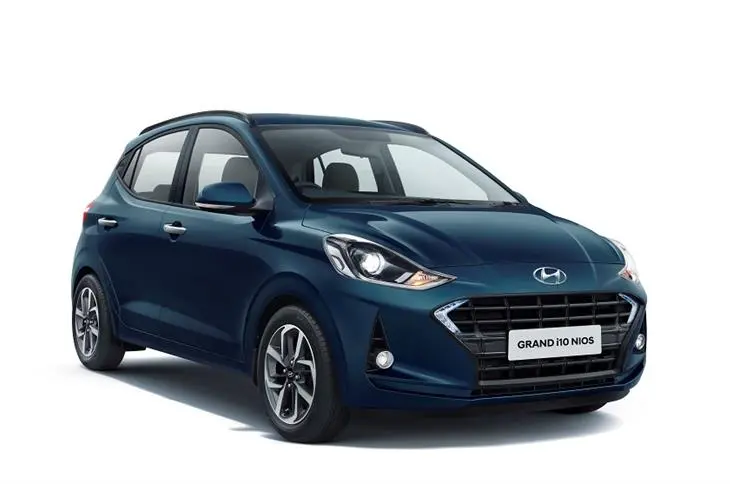
5. Ford Figo – 24.0 kmpl
Ford’s top-selling entry-level hatchback is the Figo. In terms of engine specs and performance, the Figo competes with the Hyundai i20, Maruti Suzuki Swift, Honda Jazz, and Volkswagen Polo. The Figo debuted with a redesigned front and a more potent engine. Driver airbags are standard on the Figo, while dual airbags are available on higher versions. The top variation also includes side and curtain airbags.
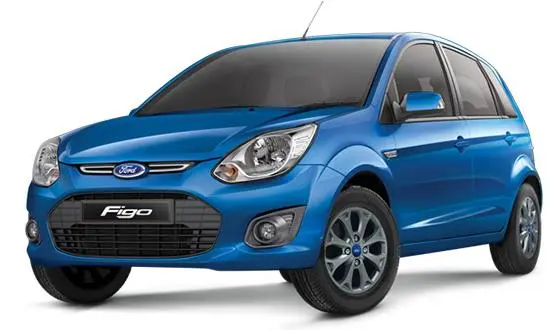
6. KIA Sonet – 24.0 kmpl
The KIA Sonet is an amazing illustration of how much more fuel-efficient SUVs have gotten as a result of the increased use of diesel engines. There are 11 diesel variants of the Kia Sonet, 4 of which are automatic and 7 manual. Sonet 1.5 HTE Diesel, the entry-level diesel model, is priced at Rs. 9.05 Lakhs, while Sonet X-Line Diesel AT, the most expensive diesel model, is priced at Rs. 13.99 Lakhs.
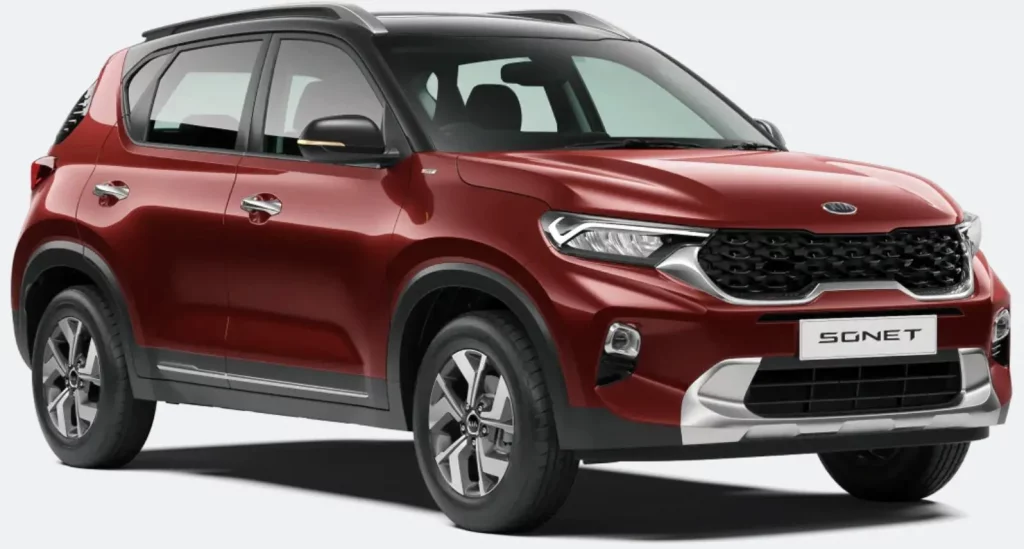
7. Ford Freestyle – 23.8kmpl
The 1.5-liter four-cylinder Ford engine is a great illustration of how to build a tiny diesel engine properly. A litre of diesel will take the Ford Freestyle cross-hatch 23.8 kilometres. When it comes to handling, the Ford Freestyle handles extremely well, and the ride quality is also quite good. Additionally, it has a 190 mm higher ground clearance than the Figo hatchback.
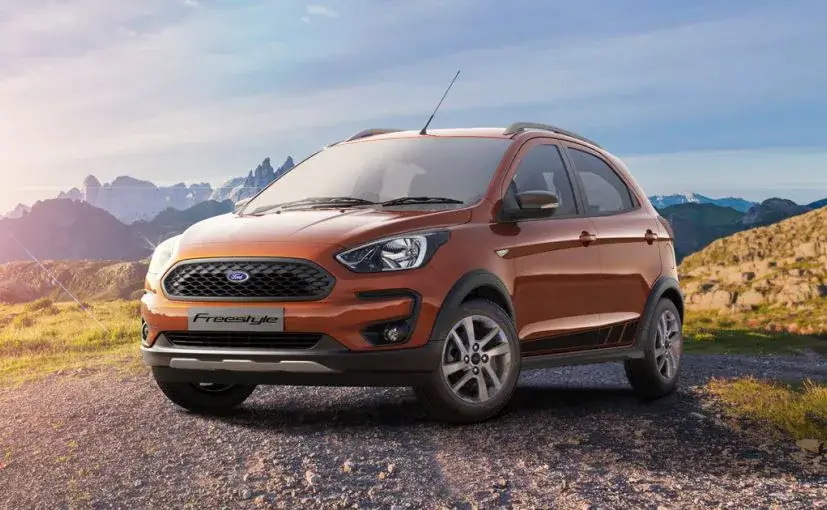
8. Honda WR-V – 23.7kmpl
Honda’s cross-hatch, which is based on the Jazz, is powered by the well-known 1.5-litre, four-cylinder i-DTEC engine. The brand-new Honda WR-V has been revealed for the Indonesian market. The new SUV’s design is based on the SUV RS concept, unlike its predecessor, which was a Jazz that had been toughened up. The new SUV is built on the Amaze’s platform. Its body now resembles a crossover more than a traditional SUV, and with a length of 4,060mm, it also surpasses the 4-meter mark. Its interior is nearly identical to that of the Amaze sedan, but it now includes a few ADAS technologies from the City Hybrid.
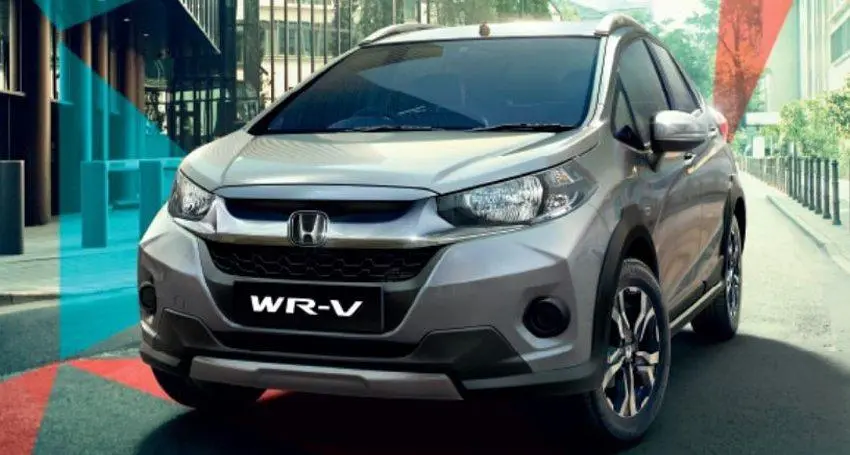
9. Tata Nexon – 21 kmpl
The diesel version of the Tata Nexon is called the XM Diesel and it costs 9.99 lakh rupees. It provides 21 kmpl in certified mileage. This XM Diesel model has an engine that can produce a maximum of 260 Nm of torque at 1500 rpm and 108 horsepower of power at 4000 rpm. The manual-transmission Tata Nexon XM Diesel comes in 4 colours: Daytona Grey, Foliage Green, Flame Red, and Calgary White.
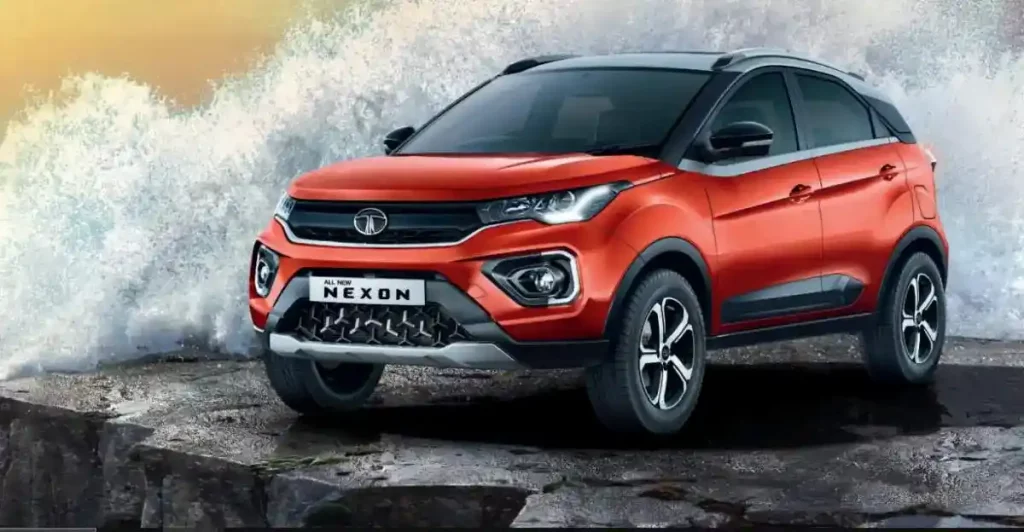
FAQs
1. Are diesel cars more fuel-efficient?
Even those with very high compression ratios, diesel engines typically have substantially higher fuel efficiency than gas engines. Diesel fuel has more energy per gallon because it is more energy dense than gasoline.
2. Is it cheaper to run a diesel car or petrol?
Vehicles powered by petrol typically use less fuel than those powered by diesel. Petrol vehicles may cost less but petrol vehicles may use more of it. Longer trips at higher average speeds maximise the efficiency of diesel engines.
3. What is the disadvantage of diesel cars?
Typically, diesel cars are more expensive. Although you don’t need to do it as frequently, servicing can be more expensive. More NO2 is produced by diesel vehicles. Diesel engines occasionally produce more noise.
4. Is insurance higher on diesel cars?
With their fancy filters and emission-busting systems, many modern diesel vehicles can cost more to maintain than their petrol-powered equivalents. This can result in increased insurance costs.
